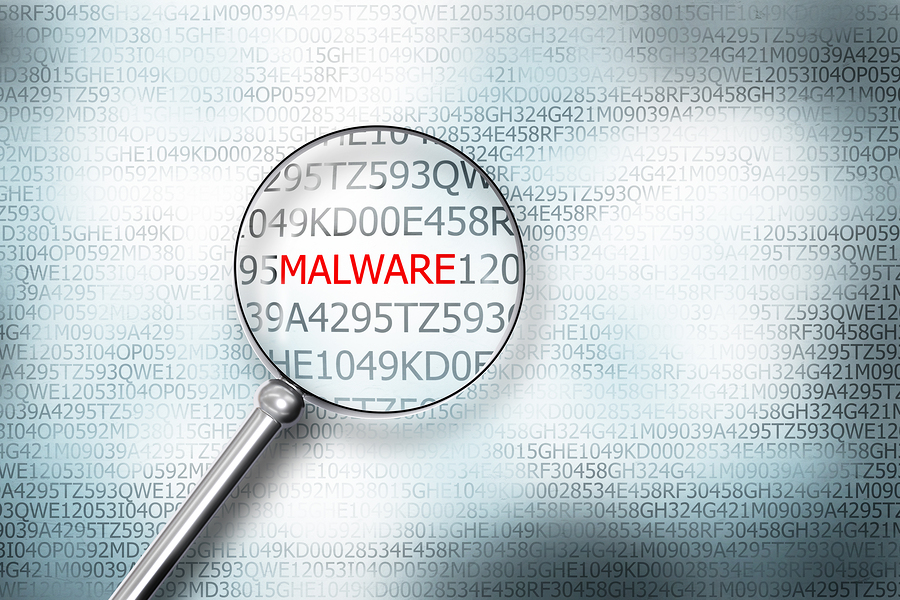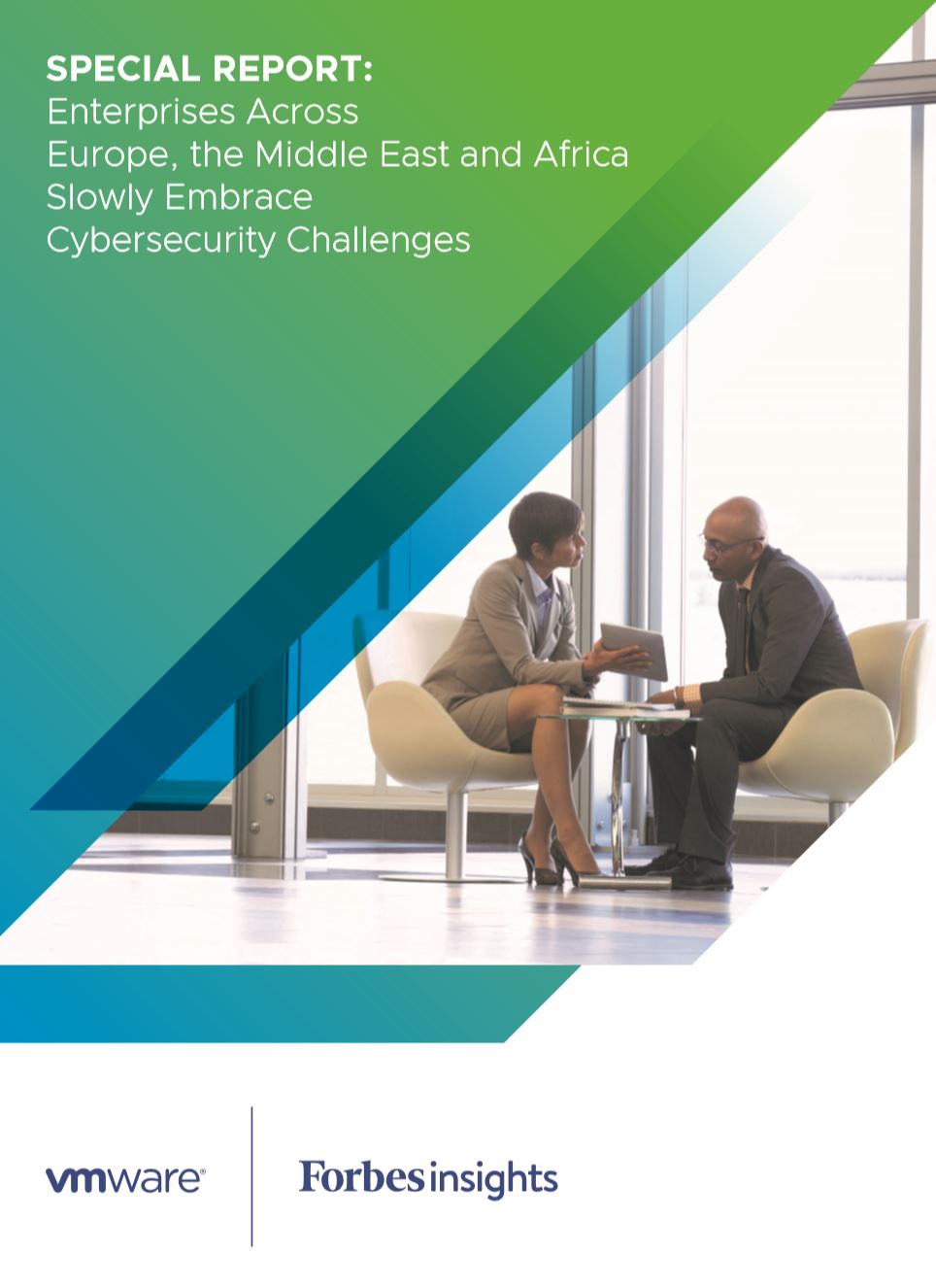Evasive malware threats doubled in 2019
Sophisticated methods of attack that dodge detection are becoming commonplace


The proportion of 'evasive' malware threats that sneak past signature-based detection systems surged towards the end of last year, almost doubling against figures from last year.
RELATED RESOURCE

How enterprises are embracing cyber security challenges
Enterprises across Europe, the Middle East and Africa are undergoing a significant transformation
Evasive malware threats comprised 68% in the fourth quarter of 2019, versus an average of 35% in 2019, according to a report by WatchGuard. The surge in these threats, as well as zero-day malware, are largely missed by traditional antivirus engines and show that sophisticated methods of attack are becoming more commonplace among hackers.
SQL injection, meanwhile, rose an enormous 8000% in the last quarter of 2019 against 2018, and was the most common form of network attack by some distance.
“Our findings from Q4 2019 show that threat actors are always evolving their attack methods,” said WatchGuard CTO Corey Nachreiner.
“With over two-thirds of malware in the wild obfuscated to sneak past signature-based defenses, and innovations like Mac adware on the rise, businesses of all sizes need to invest in multiple layers of security.
“Advanced AI or behavioural-based anti-malware technology and robust phishing protection like DNS filtering will be especially crucial.”
Chiming with the findings of a Malwarebytes report last month, Mac malware has also experienced a surge in the last few months. WatchGuard researchers found Mac adware returned to its top ten threats list, while a former study revealed that Mac malware detections overtook Windows for the first time.
Sign up today and you will receive a free copy of our Future Focus 2025 report - the leading guidance on AI, cybersecurity and other IT challenges as per 700+ senior executives
Elsewhere, the study found that among the most common threats is a legacy Microsoft Excel flaw from 2017, assigned CVE-2017-11882, still being exploited by cyber cirminals. This ‘doppler’ exploit is heavily targeted at users in the UK, among other nations, and involves downloading several types of malware onto victims’ systems.
WatchGuard recommended that users ramp up the sophistication of their cyber security defences in light of the surge in evasive malware threats. This advice includes implementing a layered defence, instead of simply installing endpoint antivirus on workstations.
Such an approach of multiple types of anti-malware from the perimeter through to the endpoint, including at least one implementation of behavioural detection instead of just signature-detection, will seriously enhance protections against emerging threats.

Keumars Afifi-Sabet is a writer and editor that specialises in public sector, cyber security, and cloud computing. He first joined ITPro as a staff writer in April 2018 and eventually became its Features Editor. Although a regular contributor to other tech sites in the past, these days you will find Keumars on LiveScience, where he runs its Technology section.
-
 Cyber resilience in the UK: learning to take the punches
Cyber resilience in the UK: learning to take the punchesColumn UK law now puts resilience at the centre of cybersecurity strategies – but is legislation simply catching up with enterprise understanding that resilience is more than just an IT issue?
-
 CISPE claims European Commission gave Broadcom a ‘blank cheque to raise prices, lock-in, and squeeze customers’ with VMware deal
CISPE claims European Commission gave Broadcom a ‘blank cheque to raise prices, lock-in, and squeeze customers’ with VMware dealNews Cloud providers have issued a formal response to the General Court of the European Union after the Commission defended its approval of the deal